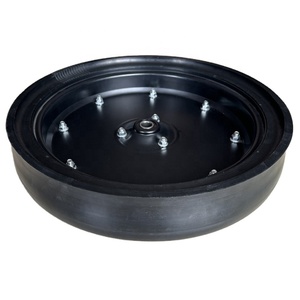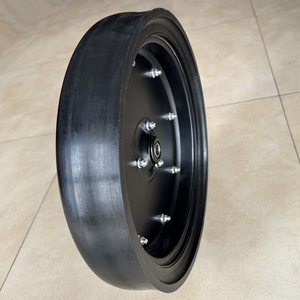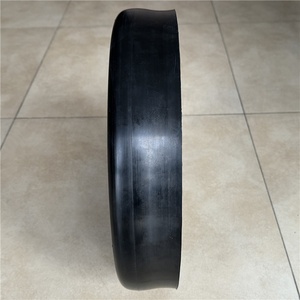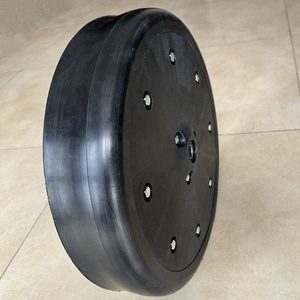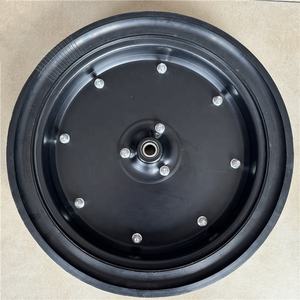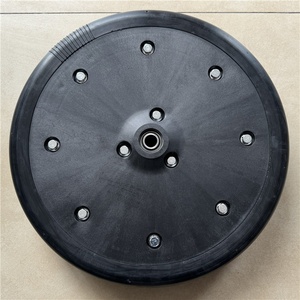Understanding the Goniometer Stage
A goniometer stage is a precision optical device primarily used in material science, biology, and other fields requiring angular measurement of samples. This innovative instrument plays a crucial role in spatially resolving information about the properties of materials by enabling users to analyze them at various angles. By providing accurate angular positioning, the goniometer stage supports diverse research activities and applications.
Types of Goniometer Stages
Goniometer stages come in various types, each designed for specific applications and functionality. Here are some common categories:
- Manual Goniometer Stages: These devices require manual adjustment to align samples at the desired angles. They offer cost-effective solutions for labs that require straightforward measurements.
- Motorized Goniometer Stages: Equipped with digital controls, these stages allow for automated and precise positioning. Ideal for high-throughput environments, they improve accuracy and efficiency during experiments.
- Rotary Goniometer Stages: Designed for 360-degree rotation, rotary goniometer stages cater to applications like X-ray diffraction, where complete angular coverage is essential.
- Microscope-Compatible Goniometer Stages: These goniometers are specifically engineered to integrate seamlessly with optical microscopes, enhancing their functionality in microscopic analysis.
Applications of Goniometer Stages
The applications of goniometer stages are vast and multifaceted, serving a broad array of industries. Notable uses include:
- Material Science: Analyzing the crystallographic orientations of samples is crucial for studies on material properties and phase transitions.
- Biology and Cellular Imaging: In cellular studies, goniometer stages aid in the precise localization of cells and tissues under varying angles to gather key insights.
- Nanotechnology: These stages are indispensable for characterizing nanomaterials, enabling investigators to observe phenomena at micro and nanoscale levels.
- Optical Testing: Goniometer stages verify and calibrate optical components, ensuring high levels of accuracy in lens testing to enhance product quality.
Features and Advantages of Goniometer Stages
The features embedded within a goniometer stage contribute significantly to its effectiveness and the advantages it provides in research settings. Here are some key highlights:
- High Precision: Goniometer stages boast remarkable accuracy with minimal angular deviation, a critical factor for reliable research outcomes.
- Versatility: These devices can be tailored for different scientific fields, making them useful in various laboratory applications.
- Integration Capability: Goniometer stages can easily integrate with imaging systems and other analytical tools, enhancing overall experimental efficiency.
- Durability: Constructed from robust materials, modern goniometer stages are designed to withstand the rigors of daily laboratory operations while maintaining precision.
- User-Friendly Controls: With advancements in technology, many goniometer stages feature simplified interfaces, allowing researchers to focus on their work rather than grappling with complicated settings.














